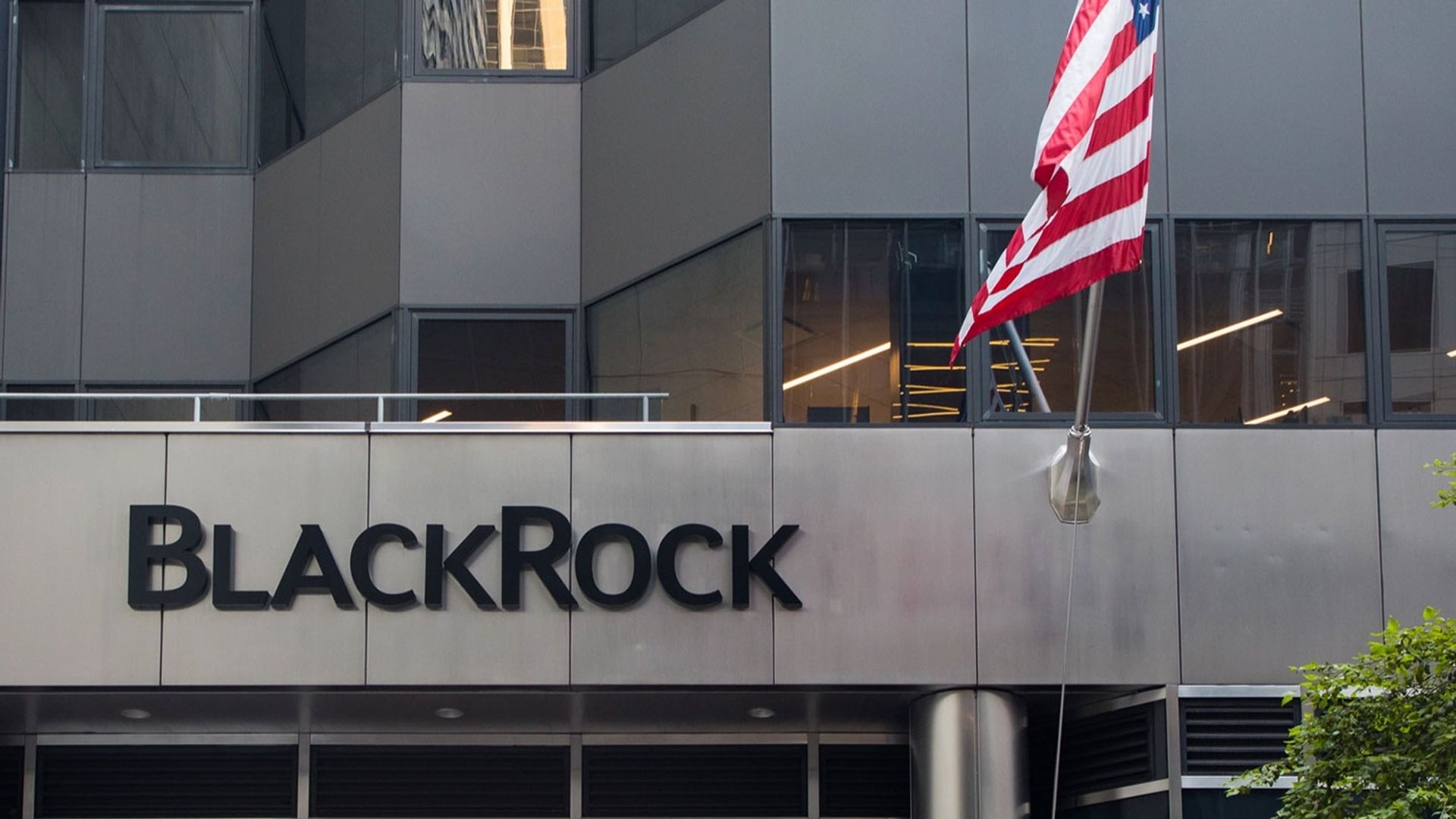BTC
$95,047.97
–
0.04%
ETH
$1,839.18
+
1.07%
USDT
$1.0003
+
0.00%
XRP
$2.3013
–
1.25%
BNB
$606.41
+
0.00%
SOL
$149.02
–
2.23%
USDC
$0.9999
+
0.00%
DOGE
$0.1798
–
1.19%
ADA
$0.7154
–
0.90%
TRX
$0.2475
+
0.29%
SUI
$3.5843
–
6.01%
LINK
$15.20
+
1.01%
AVAX
$22.25
–
0.01%
XLM
$0.2817
–
2.81%
LEO
$8.9822
–
0.56%
TON
$3.2714
–
1.02%
SHIB
$0.0₄1375
–
2.24%
HBAR
$0.1900
–
3.28%
BCH
$374.02
+
5.79%
LTC
$86.09
–
1.35%
By James Van Straten|Edited by Oliver Knight
Updated Apr 29, 2025, 9:49 a.m. Published Apr 29, 2025, 9:49 a.m.

- IBIT pulled in $970.9 million on Monday, its second-largest daily inflow, while competitors like Fidelity’s FBTC and ARK’s ARKB suffered major outflows.
- CME Bitcoin Futures open interest has dropped four days in a row as the annualized basis yield increases to around 8%.
The BlackRock iShares Bitcoin (BTC) Trust ETF (IBIT) saw $970.9 million in inflows, marking its second-largest net inflow since launching in January 2024, according to Farside data.
Monday accounted for $591.2 million in new capital, which saw heavy outflows from competitors: Fidelity’s FBTC lost $86.9 million, Bitwise’s BITB dropped $21.1 million, and ARK’s ARKB saw $226.3 million in outflows.
STORY CONTINUES BELOW
The rise comes alongside a 7.2% rise in BTC over the past seven days with it now trading at $94,900.
Since April 22, IBIT has amassed over $4.5 billion in net inflows, bucking the market trend.
Industry experts have taken note. Nate Geraci, President of The ETF Store, remarked:
“Nearly $1 billion into iShares Bitcoin ETF today… Second-largest inflow since January 2024 inception. I still remember when there was ‘no demand’.“
Eric Balchunas, Senior Bloomberg ETF Analyst, added:
“ETFs are in two-steps-forward mode after taking one step back, exactly the pattern we predicted.“
Meanwhile, in derivatives markets, open interest (OI) on CME Bitcoin Futures continues to fall, now sitting at 132,750 BTC after four consecutive days of decline, according to CME data.
The recent decline in open interest could be coming to an end, as the annualized basis yield has climbed from around 5% to 9% in April, according to Velo data. This resurgence in basis trade profitability could prompt renewed activity and a short-term rebound in open interest.
Why it matters: In a typical basis trade, investors buy spot bitcoin and short bitcoin futures to lock in the price gap. When the yield is high, demand for futures rises, boosting OI. As the yield shrinks, fewer traders engage in the strategy, leading to declining open interest and signaling reduced leverage in the market.
James Van Straten is a Senior Analyst at CoinDesk, specializing in Bitcoin and its interplay with the macroeconomic environment. Previously, James worked as a Research Analyst at Saidler & Co., a Swiss hedge fund, where he developed expertise in on-chain analytics. His work focuses on monitoring flows to analyze Bitcoin’s role within the broader financial system.
In addition to his professional endeavors, James serves as an advisor to Coinsilium, a UK publicly traded company, where he provides guidance on their Bitcoin treasury strategy. He also holds investments in Bitcoin, MicroStrategy (MSTR), and Semler Scientific (SMLR).


